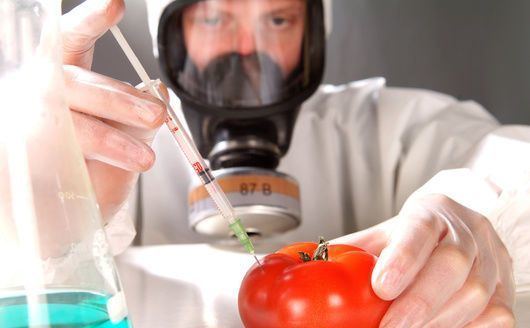 | ||
Similar Food coloring, Starch, Gluten, Flavour enhancer, Sugar | ||
Food additives 101
Food additives are substances added to food to preserve flavor or enhance its taste and appearance. Some additives have been used for centuries; for example, preserving food by pickling (with vinegar), salting, as with bacon, preserving sweets or using sulfur dioxide as with wines. With the advent of processed foods in the second half of the twentieth century, many more additives have been introduced, of both natural and artificial origin.
Contents
- Food additives 101
- Top 10 food additives to avoid
- Numbering
- Categories
- Safety and regulation
- Hyperactivity
- Micronutrients
- Standardization of its derived products
- Science
- References
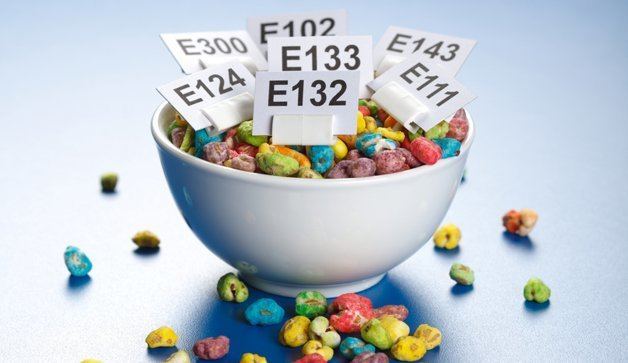
Top 10 food additives to avoid
Numbering
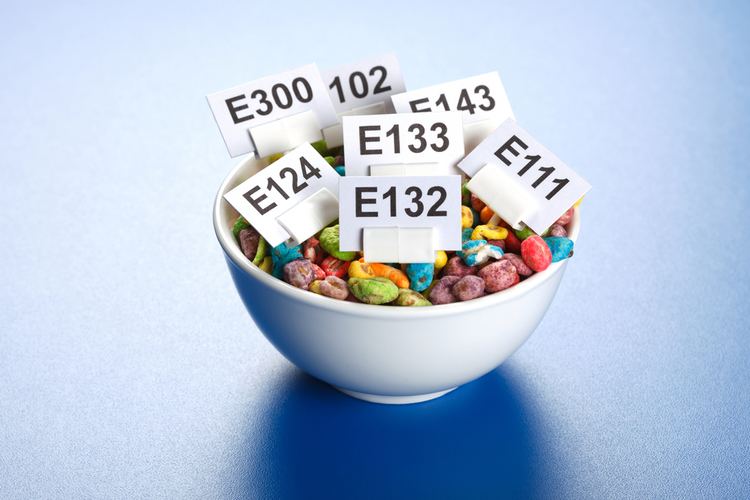
To regulate these additives, and inform consumers, each additive is assigned a unique number, termed as "E numbers", which is used in Europe for all approved additives. This numbering scheme has now been adopted and extended by the Codex Alimentarius Commission to internationally identify all additives, regardless of whether they are approved for use.
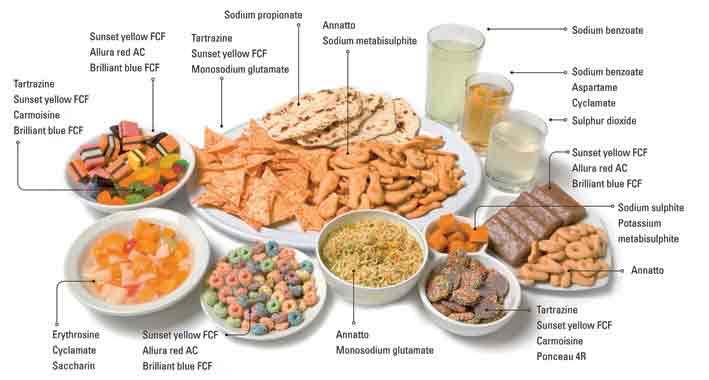
E numbers are all prefixed by "E", but countries outside Europe use only the number, whether the additive is approved in Europe or not. For example, acetic acid is written as E260 on products sold in Europe, but is simply known as additive 260 in some countries. Additive 103, alkanet, is not approved for use in Europe so does not have an E number, although it is approved for use in Australia and New Zealand. Since 1987, Australia has had an approved system of labelling for additives in packaged foods. Each food additive has to be named or numbered. The numbers are the same as in Europe, but without the prefix "E".

The United States Food and Drug Administration (FDA) lists these items as "generally recognized as safe" (GRAS); they are listed under both their Chemical Abstracts Service number and FDA regulation under the United States Code of Federal Regulations.
Categories
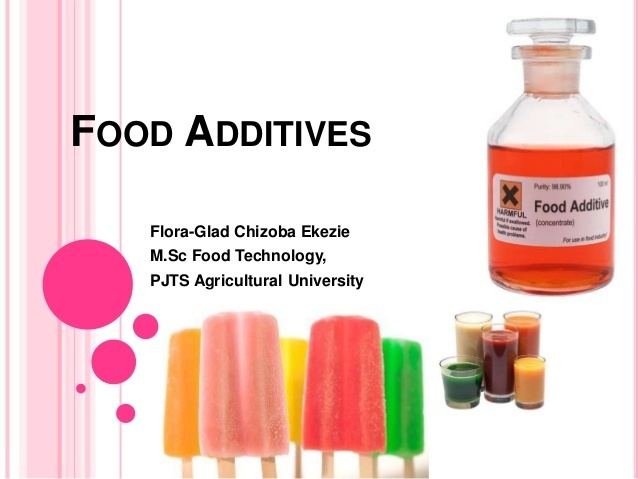
Food additives can be divided into several groups, although there is some overlap because some additives exert more than one effect. For example, salt is both a preservative as well as a flavor.
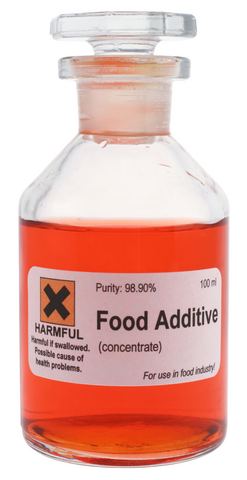
Safety and regulation

With the increasing use of processed foods since the 19th century, food additives are more widely used. Many countries regulate their use. For example, boric acid was widely used as a food preservative from the 1870s to the 1920s, but was banned after World War I due to its toxicity, as demonstrated in animal and human studies. During World War II, the urgent need for cheap, available food preservatives led to it being used again, but it was finally banned in the 1950s. Such cases led to a general mistrust of food additives, and an application of the precautionary principle led to the conclusion that only additives that are known to be safe should be used in foods. In the United States, this led to the adoption of the Delaney clause, an amendment to the Federal Food, Drug, and Cosmetic Act of 1938, stating that no carcinogenic substances may be used as food additives. However, after the banning of cyclamates in the United States and Britain in 1969, saccharin, the only remaining legal artificial sweetener at the time, was found to cause cancer in rats. Widespread public outcry in the United States, partly communicated to Congress by postage-paid postcards supplied in the packaging of sweetened soft drinks, led to the retention of saccharin, despite its violation of the Delaney clause. However, in 2000, saccharin was later found to only be carcinogenic to rats due to their unique urine chemistry.
Hyperactivity
Periodically, concerns have been expressed about a linkage between additives and hyperactivity, however "no clear evidence of ADHD was provided".
In 2007, Food Standards Australia New Zealand published an official shoppers' guidance with which the concerns of food additives and their labeling are mediated. In the EU it can take 10 years or more to obtain approval for a new food additive. This includes five years of safety testing, followed by two years for evaluation by the European Food Safety Authority and another three years before the additive receives an EU-wide approval for use in every country in the European Union. Apart from testing and analyzing food products during the whole production process to ensure safety and compliance with regulatory standards, Trading Standards officers (in the UK) protect the public from any illegal use or potentially dangerous mis-use of food additives by performing random testing of food products.
There has been significant controversy associated with the risks and benefits of food additives. Natural additives may be similarly harmful or be the cause of allergic reactions in certain individuals. For example, safrole was used to flavor root beer until it was shown to be carcinogenic. Due to the application of the Delaney clause, it may not be added to foods, even though it occurs naturally in sassafras and sweet basil.
Micronutrients
A subset of food additives, micronutrients added in food fortification processes preserve nutrient value by providing vitamins and minerals to foods such as flour, cereal, margarine and milk which normally would not retain such high levels. Preservatives also reduce spoilage from sources such as air, bacteria, fungi, and yeast.
Standardization of its derived products
ISO has published a series of standards regarding the topic and these standards are covered by ICS 67.220.
Science
Many food additives absorb radiation in the ultraviolet and / or visible region of the spectrum. This absorbance can be used to determine the concentration of an additive in a sample using external calibration. However, additives may occur together and the absorbance by one could interfere with the absorbance of another. A prior separation stage is necessary and the additives are first separated by high-pressure liquid chromatography (HPLC) and then determined on-line using a UV and/or visible light detector.
